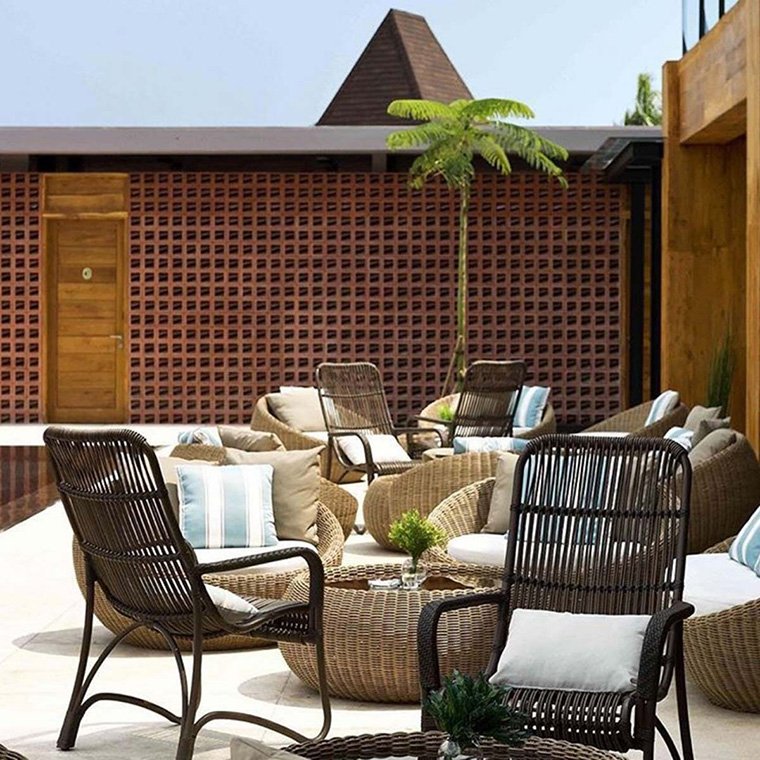Indonesia, a nation rich in cultural diversity and artistic heritage, has become a global hub for the synthesis of tradition and modernity in the realm of Indonesia furniture design. The marriage of age-old craftsmanship with contemporary aesthetics has given rise to a unique and thriving industry that captivates the attention of discerning consumers worldwide.
Time-Honored Craftsmanship
Indonesia boasts a long-standing tradition of craftsmanship that has been handed down through generations. This legacy forms the foundation for many Indonesian furniture brands, with artisans utilizing traditional techniques to create pieces that are not only functional but also bear the imprint of time-honored skills. The meticulous attention to detail and the reverence for craftsmanship distinguish Indonesian furniture in a global market saturated with mass-produced alternatives.
Cultural Influences and Design Fusion
One of the defining features of Indonesian furniture that sets it apart is the seamless integration of cultural influences into modern designs. The nation’s diverse cultural tapestry serves as a wellspring of inspiration for designers, who skillfully weave traditional motifs, patterns, and techniques into contemporary furniture pieces. This design fusion results in furniture that serves as a visual testament to the rich cultural heritage of Indonesia while appealing to the tastes of a modern, global audience.
Sustainable Materials for Modern Living
In an era where sustainability is at the forefront of design considerations, Indonesian furniture designers are leading the way in incorporating eco-friendly practices. Many brands prioritize the use of sustainable materials, such as reclaimed wood, bamboo, and responsibly sourced teak. This commitment not only aligns with global environmental concerns but also reflects an understanding of the importance of crafting furniture that harmonizes with the principles of modern living.
Innovation in Form and Function
Indonesian furniture designers are not confined by the constraints of tradition; instead, they embrace innovation in both form and function. Modern lifestyles demand furniture that is not only aesthetically pleasing but also practical and versatile. Indonesian designers respond to this demand by creating pieces that seamlessly blend style with functionality, catering to the needs of a contemporary, dynamic clientele.
Customization and Personal Expression
The marriage of tradition and modernity in Indonesian furniture extends to the personalized experience offered to customers. Many brands provide customization options, allowing clients to collaborate with designers and tailor pieces to their individual preferences. This level of personalization not only ensures a perfect fit for a client’s space but also fosters a deeper connection between the consumer and the crafted item.
Bridging Generations
Indonesian furniture that marries tradition and modernity serves as a bridge between generations. It honors the craftsmanship of the past while embracing the design sensibilities of the present. This approach ensures the longevity of traditional techniques while adapting to the ever-evolving tastes of a contemporary audience.
Conclusion
In the vibrant landscape of Indonesian furniture design, the seamless integration of tradition and modernity stands as a hallmark of the industry. The marriage of age-old craftsmanship with contemporary design principles produces furniture that not only tells a story of cultural richness but also meets the demands of a modern, global market. As Indonesia continues to influence the world of furniture with its unique synthesis of tradition and modernity, it solidifies its position as a leading force in the global design arena.



